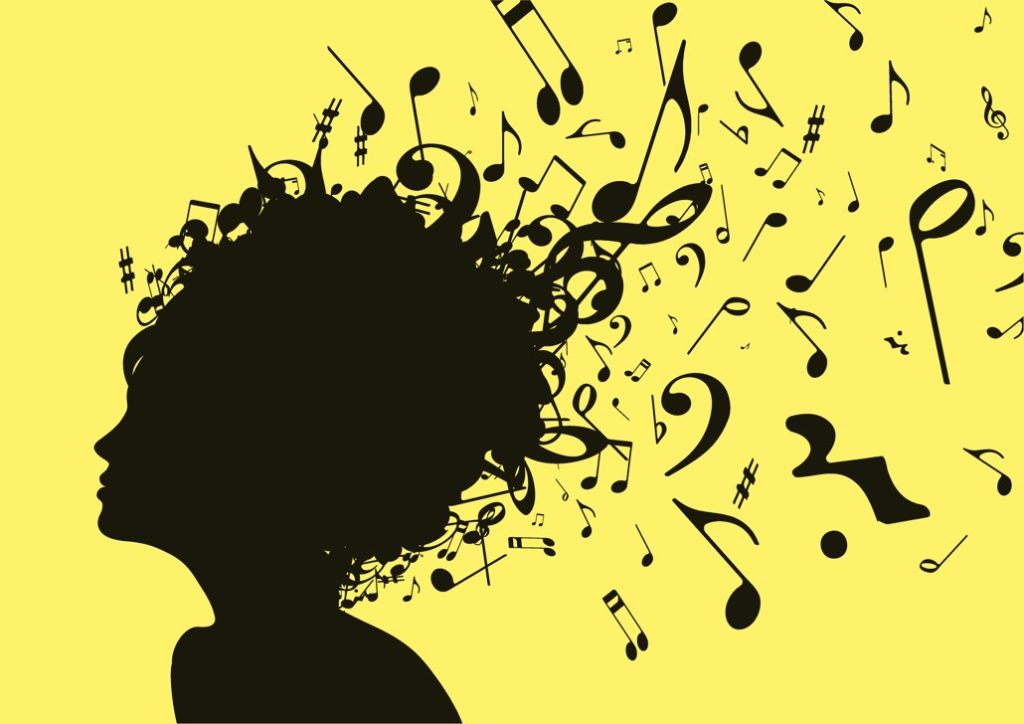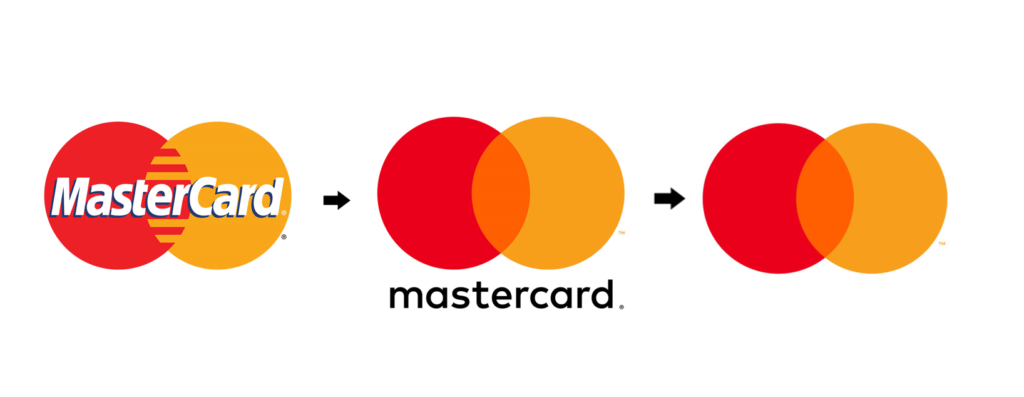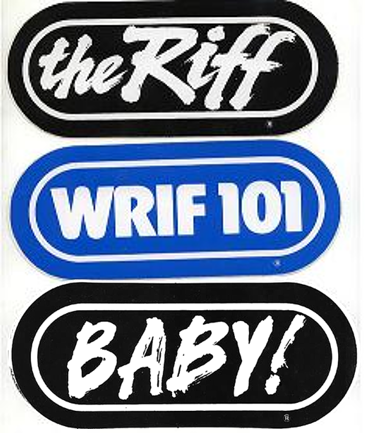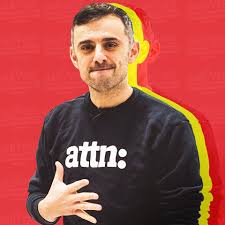
As a consultant, I’ve been known to steal a good idea or two. Actually, when we are truly on our game, we take an existing concept, look for a way to make it better, and then find the best situations where it will work. That’s what we do.
But I may have actually hit on something a couple of years back that may now be taking flight, largely because of the increasing power and influence of audio. While voice, of course, is becoming the new method for discovery and consumption, the idea of brands finding a way to get into our heads via sound is not exactly a new idea.
That’s what radio jingles were all about, obviously an outgrowth of advertising theme songs. It’s one thing to have a great product or brand. It’s another to have it indelibly etched in someone’s brain because of a powerful audio signature.
In the original blog post , I had run across an amazing article written back in 2013 by marketing executive Colleen Fahey. She worked for Publicis before joining audio branding agency, Sixième Son.
Written for the Content Marketing Institute, “How Audio Enhances Your Brand Content: Find Your Signature” is a savvy walk-through explaining how established brands can successfully add audio signatures to their marketing arsenals. It’s worth reading today.
As I pointed out in that post, there’s scientific evidence suggesting the even deeper power of audio. “Ear worm songs” – the ones that we simply cannot get out of our heads – or the aforementioned jingles remind us how audio is an amazing vehicle that becomes part of our personal “hard drives.”
I was reminded of that on Grammy night while watching a new ad for Mastercard. Earlier this year, they evolved their visual logo – moving from the classic look (left) to the more minimalist version (center) and now – interestingly – an iteration of the logo without any words at all (right).

Part of the rationale behind this shift is that Mastercard is moving away from plastic credit cards and to a world where transactions will be totally digital. Thus, part of the strategy is to lose the word “card” from the logo. The Mastercard team also took into account the reality that screen “real estate” is shrinking – especially with smartphones and wearables. The less space, the more critical their logo needs to be clean, simple, and instantly recognizable.
Their two-color interlocking circles motif has been around since Mastercard first launched 42 years ago. (I’ve always thought of it as a colorful Venn diagram.) Mastercard’s CMO, Raja Rajamannar, explained it this way to the Wall Street Journal:
“Reinvention in the digital age calls for modern simplicity. And with more than 80% of people spontaneously recognizing the Mastercard Symbol without the word ‘mastercard,’ we felt ready to take this next step into our brand evolution.”
Yes, it’s reminiscent of those WRIF BABY! bumperstickers we’ve written about before, where the audience easily recognizes the station by the shape of the logo –  even without the frequency, call letters, or slogan. And of course, BABY! was an audio signature – an instantly identifiable sonic brand, sans call letters
even without the frequency, call letters, or slogan. And of course, BABY! was an audio signature – an instantly identifiable sonic brand, sans call letters
But what about audio? Mastercard’s team may be tacitly admitting sound is more powerful than words. They debuted their new signature sound, appropriately on Sunday’s Grammy Awards show.
Rebecca Stewart writes in The Drum that Mastercard has created what they call a sonic logo. I call it an audio signature.
But after listening to it, you may call it a jingle or instrumental theme song.
The purpose is the same – to brand their sound and get it into your head for instant recognition and association.
And Mastercard is already using different versions of their audio signature, cleverly enlisting a variety of musicians around the world, including Linkin Park’s Mike Shinoda.
To build and bolster Mastercard’s audio signature association with the brand, customers will hear it when they make a purchase, interact online, or use Alexa. As the so-called “shopping economy” becomes even bigger ((expected to hit $40 billion in three years), more brands are experimenting with the power of sound.
Audio is a hidden but critically important part of the hardware and software we use every day. That’s essentially how the sound signatures on our smartphones work. There’s a distinct sound for a text, an email, and when your mother calls you. Sound is how we identify content. And now, it’s a critical way Mastercard eliminated words from their logo, but strengthened their brand with an audio signature.
Again, Rajamannar notes:
“Sound is a powerful new dimension to our brand identity and a critical component to how people recognize Mastercard today and in the future.”
That same strategy was reinforced last week by none other than Gary “Vee” Vaynerchuk, marketer extraordinaire. In an article called “The Rise Of  Audio Branding,” Gary notes that “most companies haven’t thought much about what their businesses sound like.”
Audio Branding,” Gary notes that “most companies haven’t thought much about what their businesses sound like.”
And he concludes that in the coming years, success will be driven primarily by two things:
“Voice and brand.”
If that sounds like a description of a great radio station to you, we’re on the same page. For radio programmers and marketers, the call to action is an obvious one. For an audio medium, connecting a listener with your radio brand via sound is a no-brainer. But most stations never even consider sonic branding.
My conclusion in the 2017 post:
“At a time when radio competes against so many new and compelling platforms and sources, sticky audio signatures could be the perfect vehicles to cement images and impression of station brands, creating long-lasting memories that can be used again and again to trigger top-of-mind awareness.”
And now, they’re Alexa – an audio search guide that helps bring this branding together.
Yes, content, personality, a sense of place, and logos all matter very much to radio brands – how they feel and how they’re defined.
But audio is at the core – the foundation – of how consumers connect with the radio that matters to them.
As audio becomes an even more dominant source of information, entertainment, and the environment, setting your brand apart with a sound ID becomes even
- What To Do If Your Radio Station Goes Through A Midlife Crisis - April 25, 2025
- A 2020 Lesson?It Could All Be Gone In A Flash - April 24, 2025
- How AI Can Give Radio Personalities More…PERSONALITY - April 23, 2025




Fred, you are preaching to the deaf. In PPM markets stations barely identify themselves let alone “brand” or audio signify there identity. Never understood this lack of branding. A simple “ding” at the top of the hour eventually becomes synonymous with a station. Anyone here remember WABC’s “chime time”? Love our jingles. Haven’t changed a couple in 10 years. They are part of an iconic audio signature.
Oooh…your opening sentence was a like a line shot to the forehead. And you’re right. PPM has inadvertantly caused a lot of bad policies because winning in the ratings and winning the “real world” are two very different things. But a simple 1 second (or so) audio identifier is still “PPM compliant.” And a good idea. Thanks, Rick for the reminder.
Just ask Imus about his “time check” duck quack. He was light years ahead of the crowd with that one! Brilliant
Totally. Amazing how those simple audio trademarks “printed” with listeners. Thanks, Scott.
All of the Johnny Mann Singers’ jingles used on CKLW in the 60s and early 70s are forever imprinted on my brain. And the fake teletype audio while Byron MacGregor read the news.
That teletype!
I love the comment about “preaching to the deaf”. There are those who are put in position of making “change” and just wanna do it for the sake of “change”. A few stations I’ve been involved with had rocket scientists who said “shouldn’t we change that logo?” – and when a station is so successful that the audience will sing it back to you-it’s a sign that the answer is “no”. In the 50s “The Creature From The Black Lagoon” was one of the first to use an audio signature. 3 notes blared from the screen when the monster appeared. Every time. Certainly it’s the first “monster” with his own logo. The Drake (Johnny Mann) jingles are forever etched in our brains whether it be KHJ, CKLW, WTAE or WUBE-AM (Cincinnati)….those who heard them would always sing them back. What’s the latest jingle YOU can recall? Now you have just about every kind of business using “audio signatures” -some are just awful but they’re STILL effective. I’ll say “Call 1-888-8888” or “Call 1-888-8 Million” (in So. California) and you will know the business. Good thought starters…
Dave, good stuff here. I love the “Creature from The Black Lagoon” story. Think “Jaws” decades later when that eerie music signaled the appearance of you-know-who.